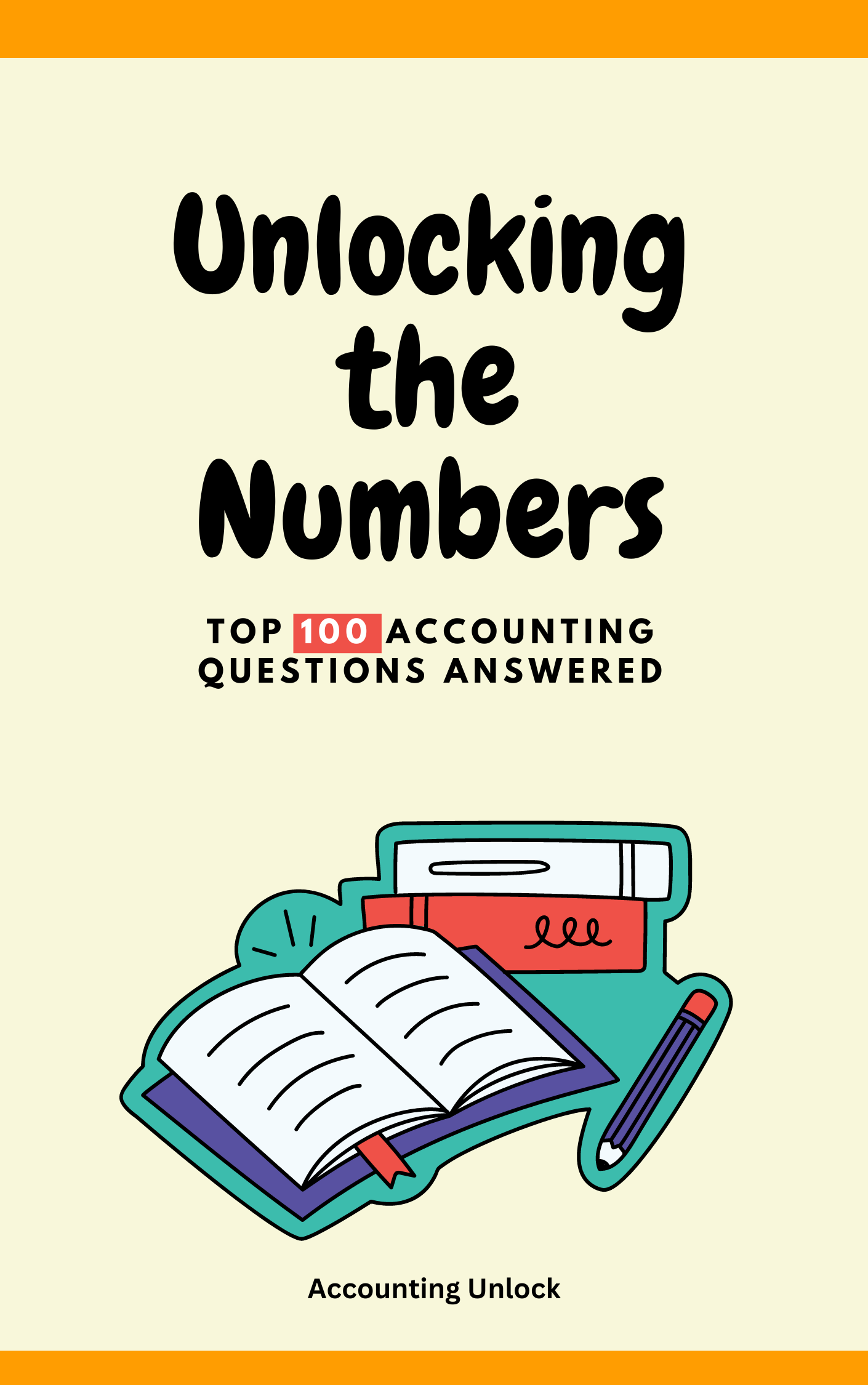Ah, young financial detectives! Ever dreamt of building a pizza empire so grand, your cheesy creations bring smiles from coast to coast? “Idle capacity variance” is like the difference between your pizza oven blasting at peak heat and… well, a lonely, cold box of leftover pizza in the fridge. It’s all about those times your oven sits unused, hungry for dough and pepperoni, leaving money and potential flavor on the table.
Imagine you’re a master pizzaiolo, tossing dough and spinning pies in your bustling pizzeria. You’ve planned for a big Friday night rush, hired extra staff, and stocked up on mozzarella. But wouldn’t you know it, everyone suddenly decided to stay home and watch movies! That’s idle capacity variance, like seeing an empty dining room and a silent oven, telling you a chunk of your pizza-making potential went unused.
Think of it like a superhero superpower on a cooldown:
- Super heat: Your oven could churn out pizzas faster than lightning, but with no orders, it’s just burning energy without building deliciousness.
- Super toppings: You could pile on mountains of pepperoni and peppers, but with empty tables, those ingredients are just lonely islands in a sea of mozzarella.
- Super speed: Your staff could move like blur-speed, kneading dough and popping pizzas in the oven, but without customers, they’re just practicing their acrobatics for an invisible audience.
Why is idle capacity variance important in accounting?
- Waste and inefficiency: It highlights unused resources, like those extra dough balls sitting unbaked, showing you where money and effort might be going to waste.
- Lost profits: Every empty seat represents a missed opportunity to make money, like watching potential orders vanish as quickly as pepperoni off a hot pie.
- Making smart decisions: Understanding idle capacity variance helps you decide if you need to run specials, attract more customers, or maybe even close up early and save yourself some dough, literally!
How is idle capacity variance handled in accounting?
- Financial detectives on the case: Accountants use fancy formulas and data analysis to figure out how much idle capacity variance your pizzeria has, considering things like your usual Friday night traffic, competitor specials, and maybe even the latest streaming movie releases.
- Monitoring and adjustments: They track your actual sales and compare them to your expected sales, like counting the empty tables at the end of the night. If there’s a big variance, they might suggest running a discount on cheese-stuffed crust, promoting delivery deals, or even taking a well-deserved break and planning tomorrow’s menu!
- Reporting and communication: Accountants make sure everyone involved in your pizza empire understands idle capacity variance, from you, the master pizzaiolo, to your delivery drivers, so everyone can work together to fill those tables and crank up the oven of profitability!
Key points about idle capacity variance:
- Measures the difference between expected and actual production or service levels.
- Highlights lost profits and resource waste.
- Used for monitoring performance and making strategic decisions.
Remember, young sleuths, mastering idle capacity variance is like having a magic pizza cutter for your empire! It equips you to understand resource utilization, identify profit leaks, and slice off every piece of financial waste from your entrepreneurial journey.





